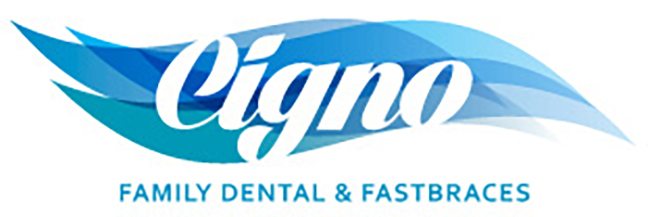It’s a new year and so felt it was a good time to update our A to Z list of some common dental terms you likely hear from us – or your dentist – at least from time to time.
Enjoy our dental terms list and please comment if there has any term you have heard and would like defined OR that you think should be included in our next Dental Terms A to Z list!
Part 1 covers A – K dental terms. L – Z will be covered in Part 2!
A – Apples
We all know that in an ideal world, we should brush our teeth after every meal. But what if this isn’t practical – such as at school or in some office places. Well, you can solve this problem by packing an apple in your child’s – or your own – lunch bag.
While there is some debate on whether the sugar of apples is harmful for the teeth, the consensus is that the positive impacts of eating apples (for your overall and dental health), far outweigh any potential negative issues. Apples are sometimes even called “nature’s toothbrush.” The fleshy fiber of the apple scrubs the teeth of debris and tartar and the acidity can help combat bad breath!
B – Braces
Braces straighten the teeth and/or alignment of the bite. As we have previously discussed, there are many different types of braces available today. Of course, traditional braces are still popular. Then, there are also clear braces and white (ceramic) versions of traditional braces.
On the other hand, there is now a retainer-type system – the original and best-known being Invisalign – that uses clear, removable, “aligners” to straighten teeth quickly. Furthermore, if you want to straighten teeth super-fast, Fastbraces are a teeth and bite straightening methodology that can make that happen! We are an official and premier Fastbraces provider.
C – Cavities
Cavities are essentially places – usually on the bottom or back side – where decay caused by bacteria or other toxins, has created a crevice or hole in the tooth. The official name for cavities is caries.
D – Dentures
Dentures are artificial teeth – usually on a bridge – used for chewing and aesthetic reasons when permanent teeth need to be removed. This removal can be required due to decay, illness, or injury. Full dentures are required when it’s decided the best course of action is to remove all teeth, whereas partial dentures can be an option when some of the natural teeth remain.
E – Endodontist
This is a specialty dentist who almost exclusively handles more severe dental issues, specifically the diagnosis, prevention, and treatment of diseases and injuries of dental pulp or nerve. The most common procedure done by an Endodontist is a root canal.
F – Fluoride
Fluoride is a mineral that makes the enamel of the teeth stronger. Fluoride is commonly added to tap water and can also be found in some toothpastes and mouthwashes. It’s also applied to the surface of teeth during dental visits for added dental protection.
G – Gingivitis
Gingivitis is the formal name for gum disease. The first stages of gingivitis are noted by red, swollen, and inflamed gums. The progression of gingivitis can cause the gums to bleed. Often, the bleeding may only be noticeable when brushing the teeth – when you spit into the sink – or as redness on the toothbrush head. Untreated gingivitis can lead to tooth decay and ultimately, tooth loss.
H – Halitosis
Halitosis is the formal name for bad breath. Halitosis can be cause by oral issues – such as tooth decay – or from gastrointestinal (stomach / digestive) problems. It can also be acute – a temporary issue caused by an illness such as a cold or due to medications – or chronic. Chronic halitosis is more serious and is due to ongoing underlying issues that must be addressed to solve the problem.
I – Implant
When a tooth is lost due to accident, injury, or illness, an implant might be an option to replace it. Implants can be temporary or permanent. A temporary implant is often put on a bridge that can be taken in and out of the mouth. A permanent dental implant is attached at the root and stays in the mouth all the time—just like a regular tooth.
J – Jacket
A jacket is a type of crown for the front of the tooth. Jackets are usually made of a material such as porcelain.
K – Kid’s Dentist
While a family dentist or general dentist can treat children, a kid’s dentist – or pediatric dentist as officially known – has specialized education and training in addressing and treating the dental needs of children.
Stay tuned for our A to Z Dental Terms Part 2!
